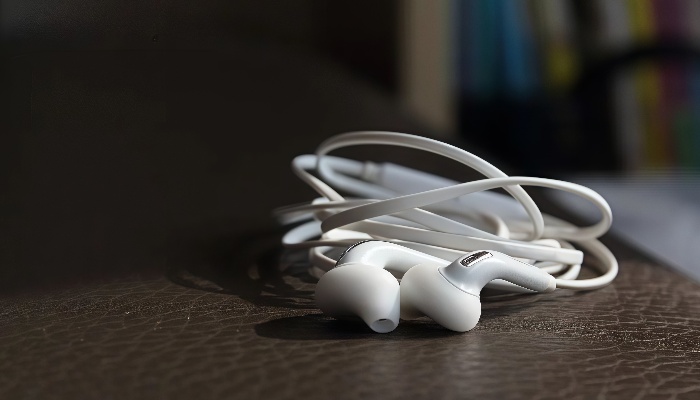The Origins: Heavy and Wired
The earliest headphone-like devices date back to 1881, invented by Ezra Gilliland. These were large, shoulder-supported single-ear units designed primarily for telephone operators, not music lovers. Weighing several pounds, they were uncomfortable and impractical for prolonged use1. Early 20th-century improvements introduced headband-style headphones, such as Nathan Baldwin’s 1910 model, which laid the foundation for the modern over-ear design still popular today.
Wired Earbuds and the Rise of Personal Music
The 20th century saw the advent of smaller, wired earbud-style headphones that fit directly into the ear canal. This design improved portability and noise isolation, making personal music listening more convenient. The 1958 introduction of the first stereo headphones further enhanced audio quality, setting new standards for sound reproduction. The 1979 launch of Sony’s Walkman and its accompanying headphones revolutionized how people consumed music on the go, emphasizing lightweight and private listening experiences.
Bluetooth and the Wireless Revolution
The real game-changer came with the emergence of Bluetooth technology around 2000. Denmark released the first Bluetooth headset that year, initially limited to phone calls and single-ear designs due to early Bluetooth 1.0 constraints. These wireless devices still required batteries and were mostly used by busy professionals or drivers2. Over the following decade, Bluetooth technology matured, enabling stereo sound, improved call stability, noise cancellation, and longer battery life. By 2012, true wireless stereo (TWS) earbuds with dual in-ear units became mainstream, effectively eliminating cables and enhancing user freedom13.
Design Innovations and User Comfort
Alongside connectivity, headphone design evolved to meet ergonomic and acoustic demands. Early wired earbuds often had flat “earbud” shapes that could cause discomfort and poor noise isolation. Modern wireless earbuds typically use in-ear designs with silicone tips that provide better fit and sound isolation. To address issues like slipping during exercise, manufacturers introduced features inspired by nature, such as “ear fins” modeled after shark fins, improving stability without sacrificing comfort.
Customization and the Future
For audiophiles and professionals, custom-fit headphones remain a niche but important segment. These require precise ear molds and expert craftsmanship to balance fit, sound quality, and comfort, reflecting a continued pursuit of the perfect listening experience. Looking ahead, wireless headphone design will likely integrate more smart features, AI, and seamless connectivity with other devices, continuing the trend from bulky wired units to invisible, intelligent audio companions.
This evolution from wired to wireless headphones encapsulates over a century of technological innovation driven by human desire for better sound, comfort, and convenience. Wireless connectivity has liberated users from cables, enabling new lifestyles and usage scenarios, while design refinements ensure these devices fit comfortably and securely in our ears. The story of headphone connectivity is a testament to how technology adapts to our changing ways of living and listening.





 No products in the cart.
No products in the cart.